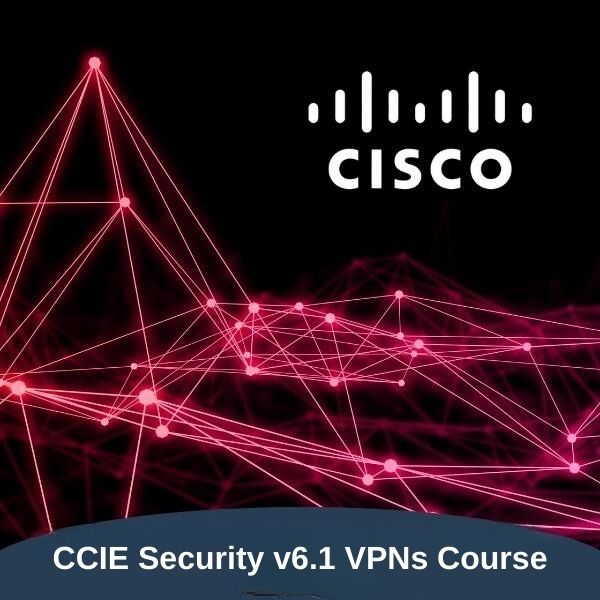DMVPN Phases Explained: Enhancing Your CCIE Security Knowledge
June 28, 2024
12 min read
JasonLake
Related Courses
Enhance your knowledge with these recommended courses

Cisco CCIE Security v6.1 VPNs Course
You will learn all the necessary topics for VPN technologies in the CCIE Security v6.1 exam!
$49
View CourseBecome an Instructor
Share your knowledge and expertise. Join our community of instructors and help others learn.
Apply Now
About the Author
JasonLake
I'm a network engineer who works for 8 years in the industry. I am trying to help people through my blogposts. Welcome to my blogs.
Share this Article
Subscribe for Exclusive Deals & Promotions
Stay informed about special discounts, limited-time offers, and promotional campaigns. Be the first to know when we launch new deals!